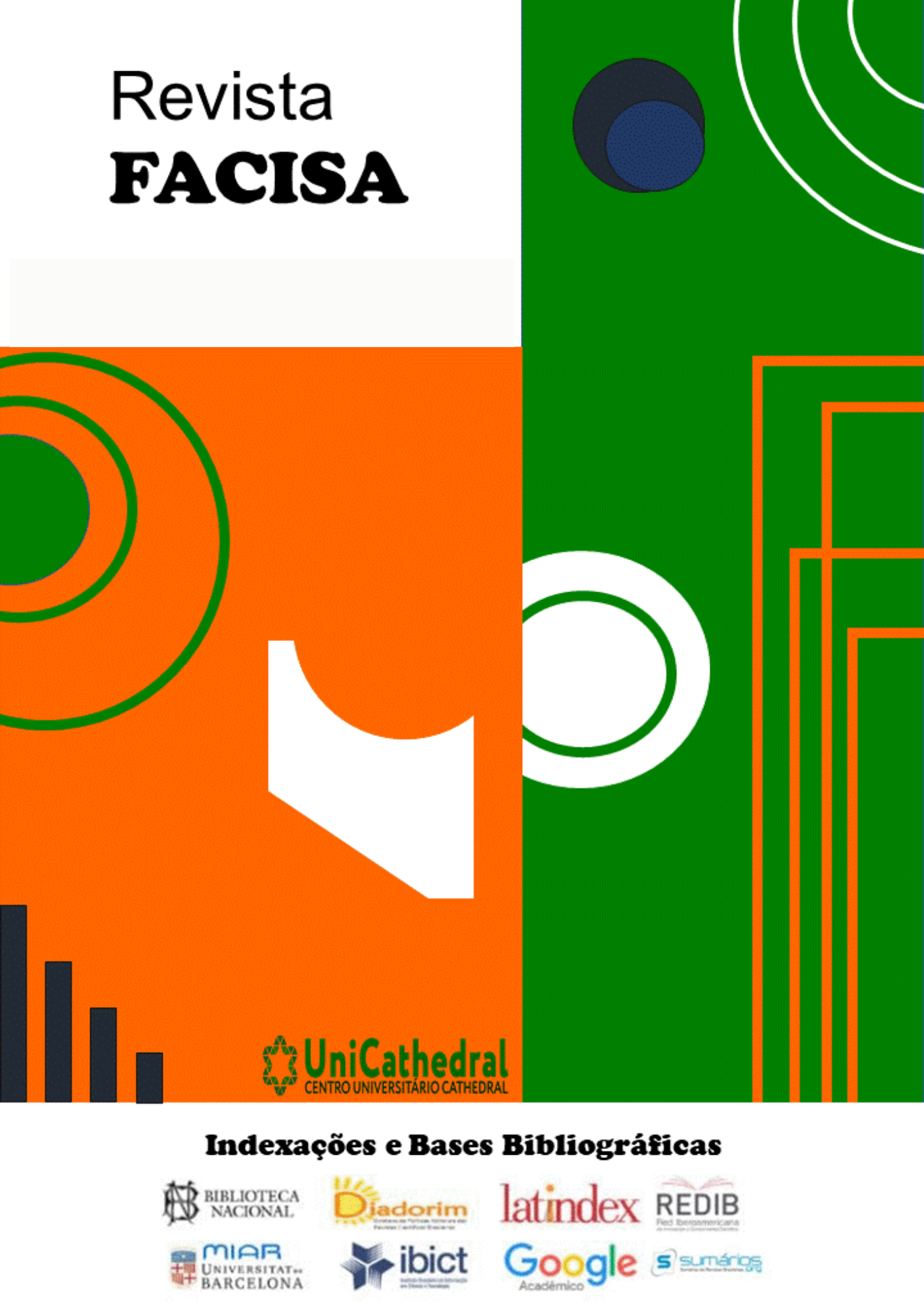Revistas
-
Interfaces do Conhecimento
A Revista Interfaces do conhecimento é uma revista eletrônica multidisciplinar do Centro Universitário Cathedral, vinculada ao Núcleo de Pós- graduação, Pesquisa e Extensão - NUPPEX.
Publica semestralmente, em FLUXO CONTÍNUO, artigos, ensaios, debates, entrevistas, resenhas inéditos, aplicados as diversas áreas de conhecimento, de colaboradores nacionais e internacionais, escritos em português, inglês e espanhol.
Tem por objetivos promover a produção de conhecimento científico, o intercâmbio científico entre pesquisadores, docentes, discentes e profissionais das diversas áreas do conhecimento e fazer divulgação da produção de conhecimento científico de modo amplo, rápido e gratuito, contribuindo, dessa forma, para difusão de progressos recentes nos campos das ciências, bem como para o recrudescimento do debate científico
-
Revista FACISA ON-LINE
A Revista FACISA ON-LINE é uma revista eletrônica multidisciplinar do UniCathedral - Centro Universitário, vinculada ao Núcleo de Pós-Graduação, Pesquisa e extensão.
Publica semestralmente, artigos, ensaios, debates, entrevistas, resenhas inéditos, aplicados as diversas áreas de conhecimento, de colaboradores nacionais e internacionais, escritos em português, inglês, francês e espanhol.
Tem por objetivos promover a produção de conhecimento científico, o intercâmbio científico entre pesquisadores, docentes, discentes e profissionais das diversas áreas do conhecimento e fazer divulgação da produção de conhecimento científico de modo amplo, rápido e gratuito, contribuindo, dessa forma, para difusão de progressos recentes nos campos das ciências, bem como para o recrudescimento do debate científico.


